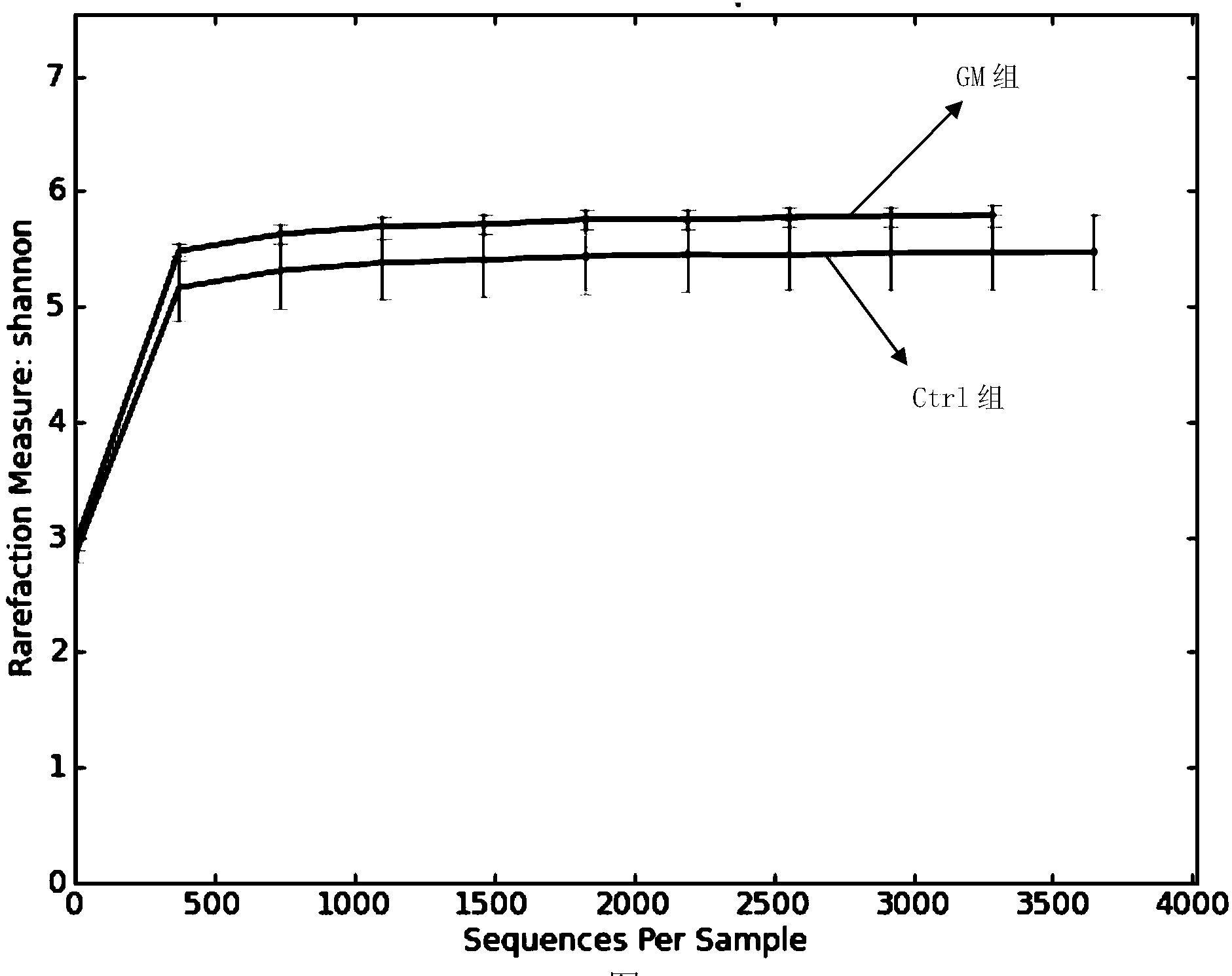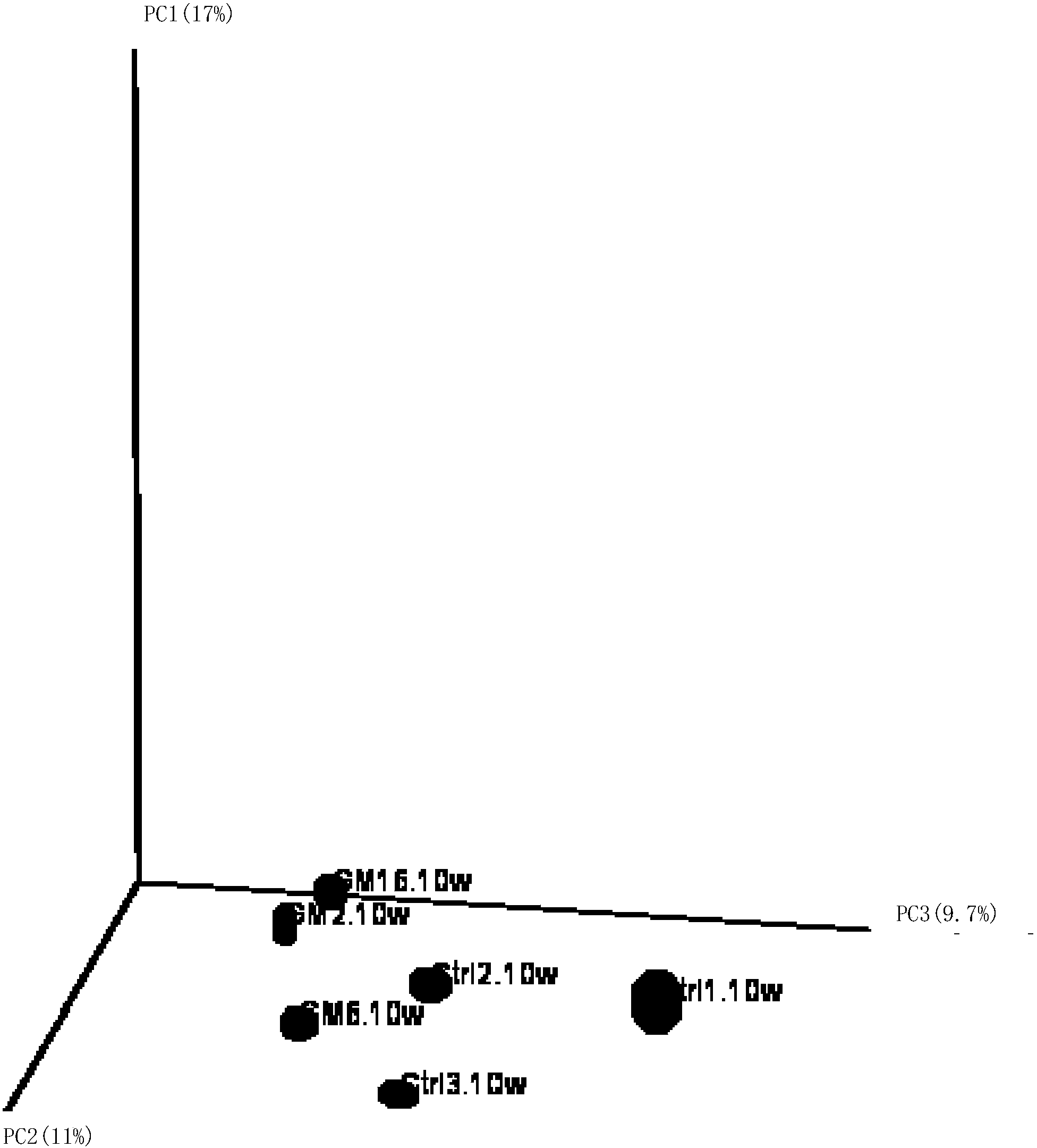Auxiliary method for detecting transgenic plant component in foods
A transgenic plant and auxiliary detection technology, applied in the direction of biochemical equipment and methods, microbial measurement/inspection, etc., can solve the problems of low sensitivity, time-consuming and labor-intensive, impact, etc., achieve great promotion and application value, simple result judgment, The effect of easy operation
- Summary
- Abstract
- Description
- Claims
- Application Information
AI Technical Summary
Problems solved by technology
Method used
Image
Examples
Embodiment 1
[0055] The NF-κB-luc transgenic mice were fed in groups, 3 mice in each group, and the group feeding method was as follows:
[0056] The first group (Ctrl group): fed with normal feed (maintenance feed for rats and mice from Beijing Huafukang Biotechnology Co., Ltd., product code 1022);
[0057] The second group (GM group): feed mixed mouse diet (mix 1 volume part of transgenic corn powder with 3 volume parts normal feed to obtain mixed mouse diet).
[0058] 2. After 10 weeks of group feeding, the feces of the mice were taken, and the total DNA was extracted using the feces sample DNA extraction kit (Kangwei Biotechnology Company).
[0059] 3. Take the total DNA obtained in step 2 and crush it with a DNA ultrasonic pulverizer (Covaris S220) to obtain DNA fragments of 300-800 bp.
[0060] 4. Use the Roche454GS Junior sequencer (Roche) and the matching GS FLX reaction system kit to perform high-throughput sequencing of bacterial 16S rRNA on the DNA fragments obtained in step 3 ...
PUM
 Login to View More
Login to View More Abstract
Description
Claims
Application Information
 Login to View More
Login to View More - R&D
- Intellectual Property
- Life Sciences
- Materials
- Tech Scout
- Unparalleled Data Quality
- Higher Quality Content
- 60% Fewer Hallucinations
Browse by: Latest US Patents, China's latest patents, Technical Efficacy Thesaurus, Application Domain, Technology Topic, Popular Technical Reports.
© 2025 PatSnap. All rights reserved.Legal|Privacy policy|Modern Slavery Act Transparency Statement|Sitemap|About US| Contact US: help@patsnap.com



